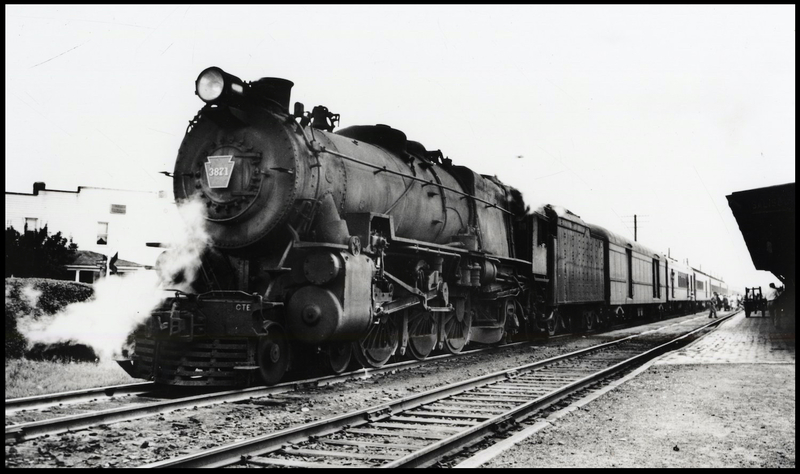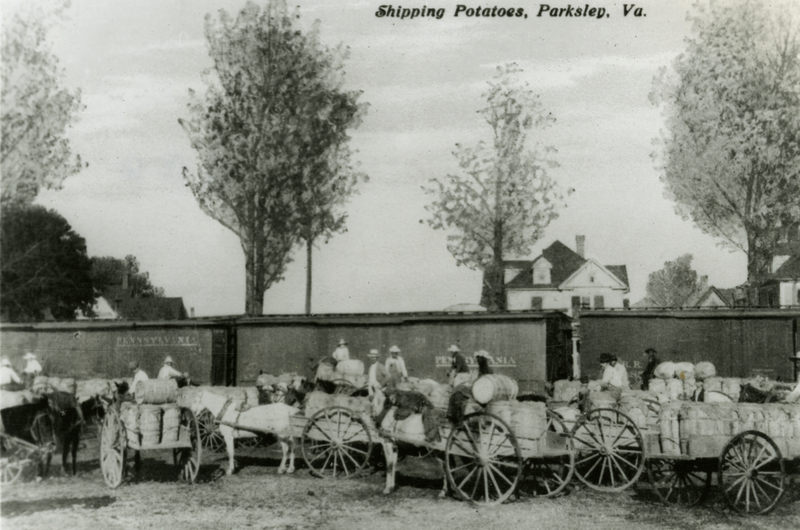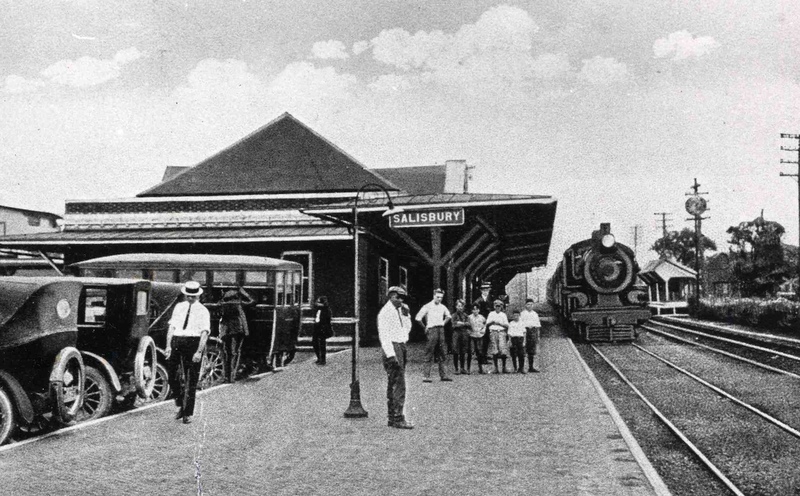Railroads
As early as the 1820s, railroads were being built in the Delmarva region and contributed greatly to the development and prosperity of the area. After the Civil War, over fifty companies obtained state charters to construct rail lines in Maryland. While many of these companies built tracks, others focused on surveying, grading, and constructing bridges. As railways were constructed throughout the Delmarva Peninsula, the region no longer relied solely on waterways to transport goods.
By 1884, the railways did more than run materials and supplies, passenger trains soon began transporting people along the Eastern Shore. Railroad transportation was at its height between 1887 and 1920. Despite the prosperity, the constant change in ownership, as well as World War I, began to put economic strain on the railroads. The decline of railways has been steady since the end of World War II. Many of the lines have been abandoned, with tracks removed or downsized.
Old railways are now used as hiking and biking trails and people can admire the complexity of Delmarva’s old railroads while enjoying the scenic views. Old train stations have been converted into a variety of facilities such as warehouses and museums to preserve the rich history of their development.



